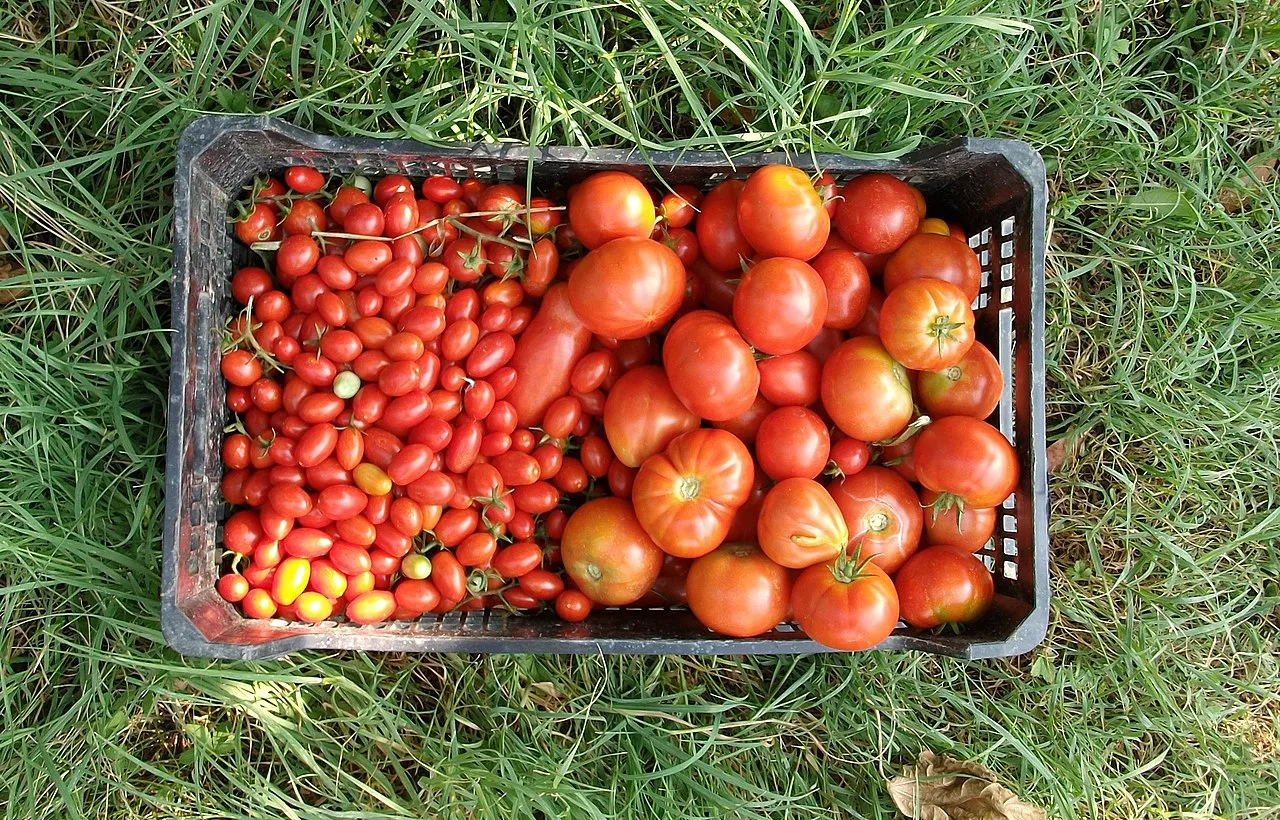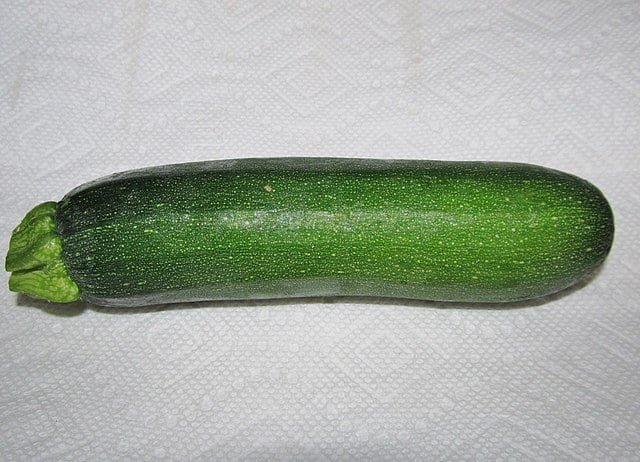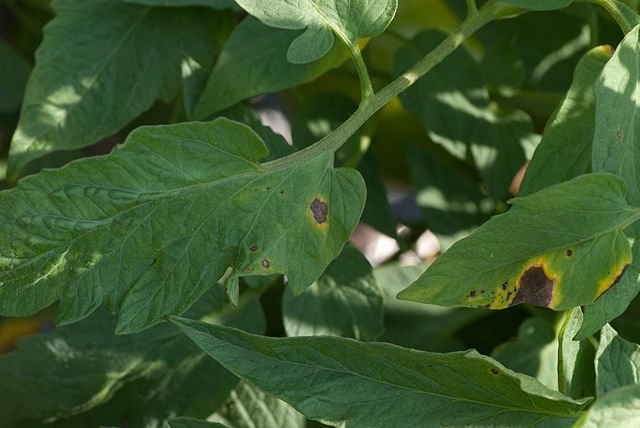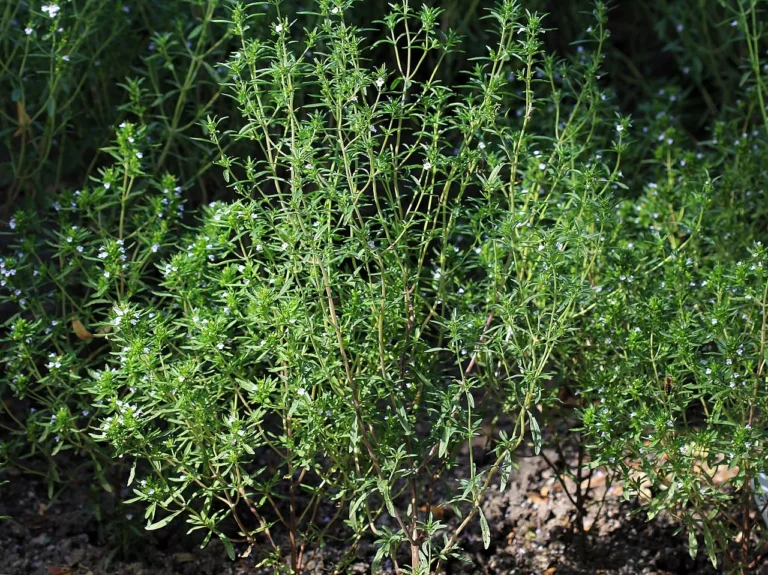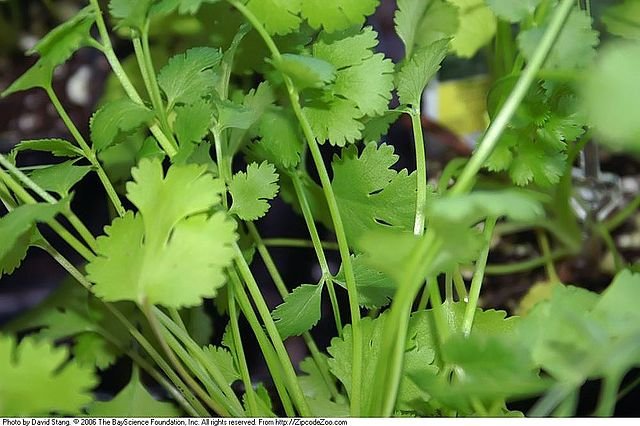Ultimate Guide on Tomatoes: From Seed to Harvest
Introduction to Tomato Gardening
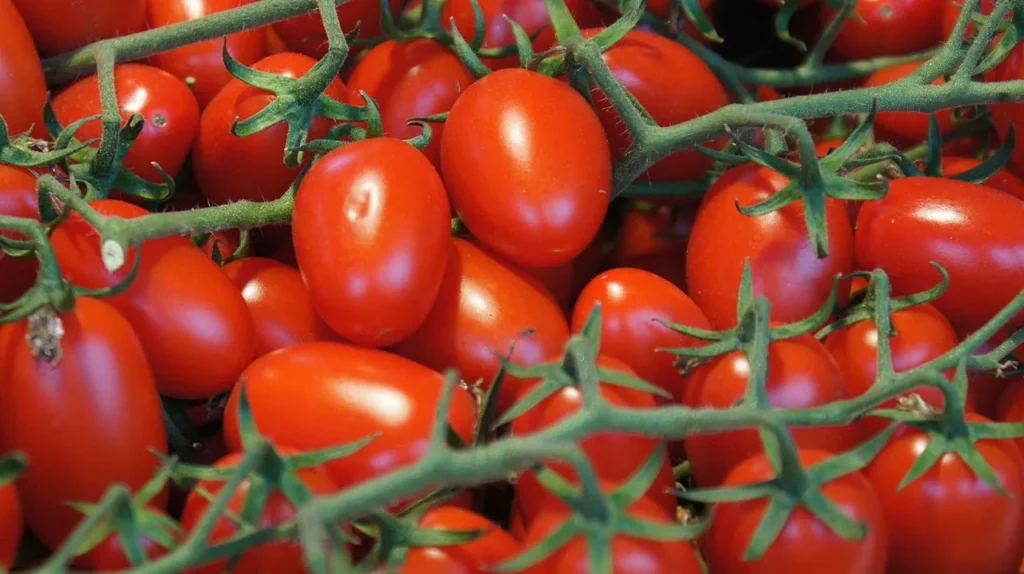
Tomatoes are more than just a staple in cuisines worldwide; they are a passion for many gardeners, offering a versatile crop that ranges from tiny cherry tomatoes to large, meaty beefsteaks. The journey of growing tomatoes can be as rewarding as it is flavourful, providing a gateway into the world of gardening for novices and a continual challenge for seasoned green thumbs. This section delves into the various tomato varieties, their historical significance, and the nutritional benefits they bring to the table.
The Diverse World of Tomato Varieties
Tomatoes come in an astonishing array of sizes, colours, and flavours, categorized into several types that cater to different culinary uses and growing conditions:
- Heirloom Tomatoes: Known for their rich flavours and unusual colours, heirloom tomatoes are varieties that have been passed down through generations. They are open-pollinated, meaning they can reproduce true to type from their seeds, allowing gardeners to save seeds from year to year.
- Hybrid Tomatoes: These are the result of cross-breeding two different tomato varieties to produce a plant that possesses the best traits of both parents, such as disease resistance, uniformity, and productivity. Hybrid seeds need to be purchased new each year.
- Cherry and Grape Tomatoes: Small, bite-sized tomatoes perfect for salads and snacking. They are known for their sweetness and ease of growth, often producing prolific yields.
- Beefsteak Tomatoes: Large and meaty, beefsteak tomatoes are ideal for slicing. They are a favourite for sandwiches and burgers due to their size and robust flavour.
Historical Significance of Tomatoes
Originally from South America, the tomato was brought to Europe in the 16th century. Initially feared to be poisonous due to their belonging to the nightshade family, tomatoes were first grown in Europe as ornamental plants. It wasn’t until the 18th century that tomatoes gained popularity as a food crop, eventually becoming a cornerstone of Mediterranean cuisine and spreading worldwide.
Nutritional Benefits of Tomatoes
Tomatoes are not only delicious but also packed with vitamins and antioxidants:
- Lycopene: A powerful antioxidant found in red tomatoes, linked to reduced risk of heart disease and certain cancers.
- Vitamins C and K: Essential for immune function and bone health.
- Potassium: Important for blood pressure control and cardiovascular health.
- Fiber: Supports digestion and provides a sense of fullness, aiding in weight management.
Growing your own tomatoes allows you to enjoy these nutritional benefits fresh from the garden, with the added satisfaction of having nurtured them from seed to harvest.
Embarking on tomato gardening is an adventure that offers endless varieties to explore, each with its own story and flavour profile. Beyond the joy of harvesting, tomatoes bring historical richness and nutritional value to our tables, making them a beloved choice for gardeners and chefs alike. As we dive deeper into the subsequent sections, we’ll uncover the secrets to cultivating these versatile fruits, ensuring your garden is a bountiful, flavourful paradise.
Starting Tomatoes: Seeds vs. Seedlings

Choosing Between Seeds and Seedlings
When embarking on your tomato-growing journey, one of the first decisions you’ll face is whether to start your tomatoes from seeds or purchase seedlings from a nursery. Both approaches have their advantages:
- Seeds: Starting tomatoes from seeds offers a wider variety of choices and can be more cost-effective. It allows gardeners to explore rare and heirloom varieties not commonly available as seedlings.
- Seedlings: Opting for seedlings can jumpstart your garden, offering a quicker path to harvest. Seedlings are particularly beneficial for those in regions with shorter growing seasons.
Best Practices for Starting Tomatoes from Seeds
- Timing: Start your tomato seeds indoors 6 to 8 weeks before the last expected frost date in your area. This gives your plants a head start and ensures they are strong enough to transplant outdoors.
- Seed Starting Mix: Use a light, sterile seed starting mix to encourage healthy root development.
- Containers: You can start seeds in almost any container, provided it has good drainage. Reusable seed trays, peat pots, or even recycled containers work well.
- Planting Depth: Plant seeds about ¼ inch deep and cover lightly with soil. Keep the soil moist but not waterlogged.
- Light: Seedlings need plenty of light to grow strong. Place them under grow lights or in a sunny window, ensuring they receive at least 16 hours of light each day.
- Temperature: Keep the environment warm, around 70-80°F, to encourage germination. A heat mat can be beneficial.
Transplanting Seedlings Outdoors
- Hardening Off: Gradually acclimate your seedlings to outdoor conditions by placing them outside in a sheltered area for a few hours each day, gradually increasing the time over a week.
- Transplanting Time: Transplant seedlings outdoors after all danger of frost has passed and nighttime temperatures consistently stay above 50°F.
- Spacing: Space plants according to the specific variety’s needs, generally 18-36 inches apart in rows that are 3-4 feet apart, to allow for air circulation and growth.
Tomato Plant Care

Soil Preparation and Amendments
Tomatoes thrive in rich, well-draining soil with a pH between 6.0 and 6.8. Before planting, enrich the soil with compost or a balanced fertilizer to ensure your tomatoes have the nutrients they need to grow.
Watering Techniques
Consistent, deep watering is key to preventing common issues like blossom end rot. Water the base of the plants early in the day, aiming for at least 1 inch per week through rainfall or irrigation.
Importance of Sunlight and Temperature
Tomatoes need at least 6 to 8 hours of direct sunlight daily to develop properly. They are warm-season plants, thriving in temperatures between 60°F and 85°F. Protect plants from late frosts and provide shade during extreme heat to prevent stress.
Fertilization Strategies
Use a balanced, slow-release fertilizer at planting and side-dress with a high-phosphorus formula to encourage flowering and fruiting mid-season. Avoid over-fertilizing, which can lead to lush foliage at the expense of fruit.
Supporting Tomato Plants
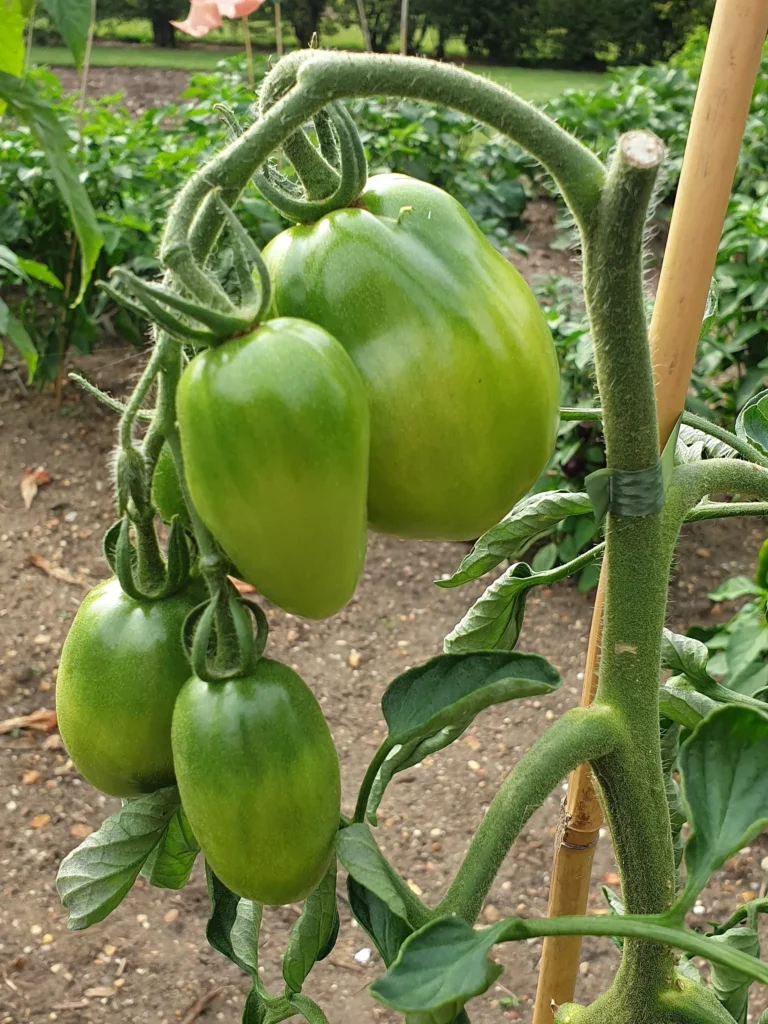
The Importance of Support
Tomato plants, particularly indeterminate varieties, benefit significantly from support structures. These not only keep plants upright, promoting air circulation and reducing disease risk but also make harvesting easier and protect the fruit from soil-borne pathogens.
Methods of Support
- Staking: Drive a sturdy stake at least 6 feet tall and 1 inch in diameter into the ground near each plant. As the tomato grows, tie it loosely to the stake with soft materials like cloth strips or twine.
- Caging: Tomato cages offer a ready-made solution to support plants. Choose cages at least 5 feet tall for best results, placing them around the plant early in its growth to avoid damaging the roots.
- Trellising: A trellis system works well for larger gardens. Use horizontal wires or strings supported by posts to create a structure that tomatoes can climb.
Pruning and Training
For indeterminate varieties, pruning and training the plants by removing suckers (the shoots that grow in the axils of leaves) can help direct the plant’s energy into fruit production. This also improves air circulation around the plant, reducing the risk of disease.
Pest and Disease Management
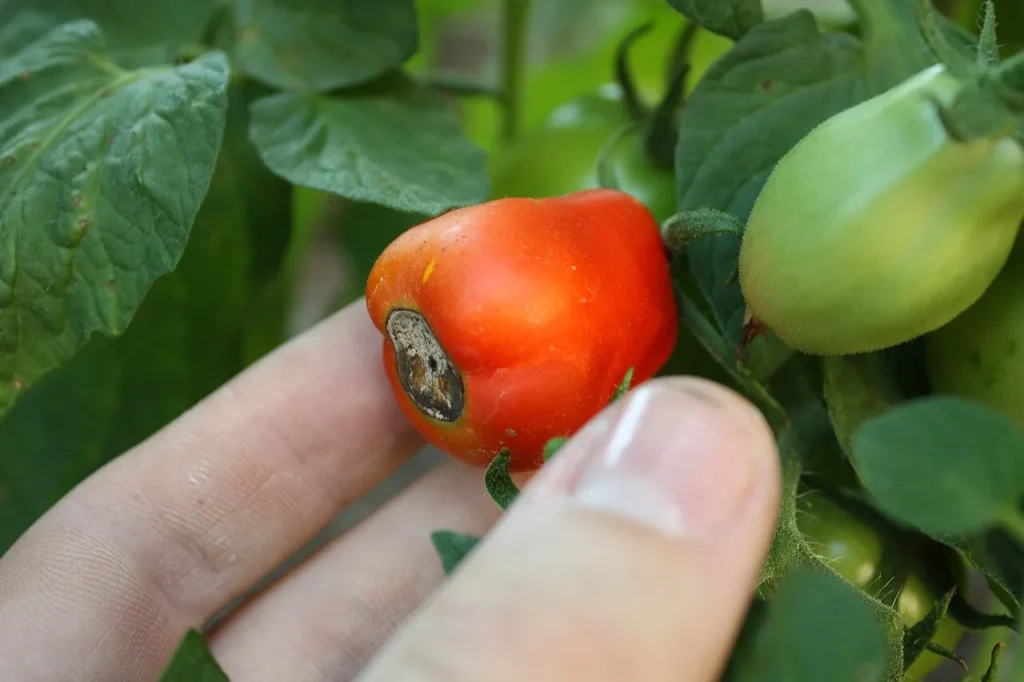
Common Tomato Pests
- Aphids: These small, soft-bodied insects can be controlled by spraying strong jets of water to knock them off plants or using insecticidal soap.
- Tomato Hornworms: Large, green caterpillars that can be handpicked off plants. Introducing beneficial insects like ladybugs can help control their population.
- Cutworms: Protect seedlings with collars placed around the stem at soil level.
Managing Tomato Diseases
- Blight and Mildew: Prevent these fungal diseases by ensuring good air circulation around plants and watering at the soil level to avoid wetting the foliage. Copper fungicides can be used as a preventive measure.
- Blossom End Rot: While not a disease but a physiological condition caused by calcium deficiency, it can be prevented by ensuring even watering and using calcium supplements if necessary.
Harvesting and Storing Tomatoes
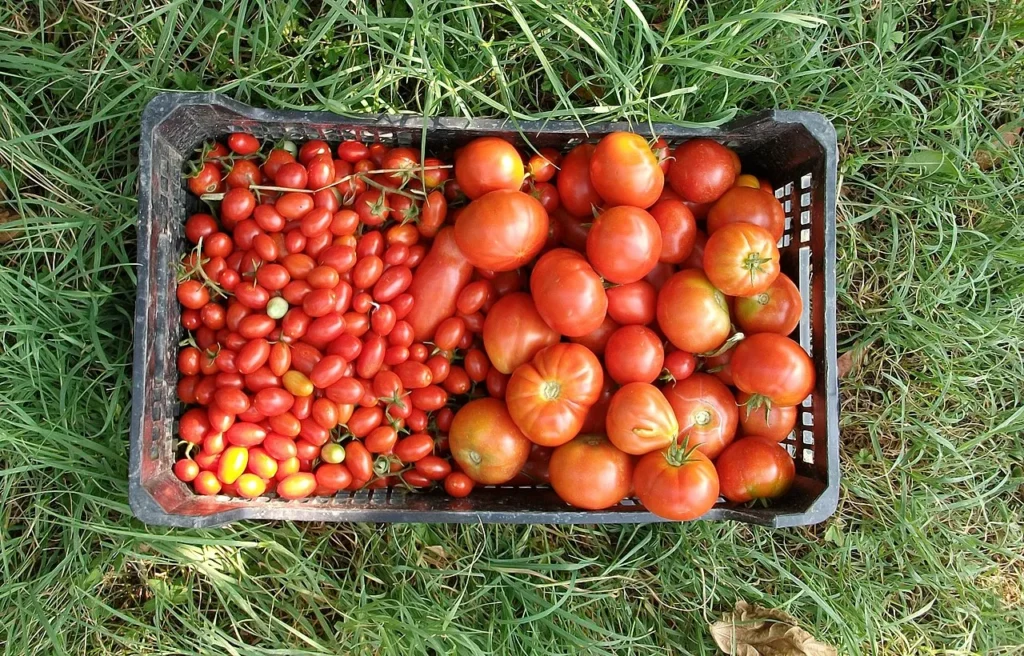
Knowing When to Harvest
Tomatoes are best harvested when they’ve reached their full colour and are slightly soft to the touch. For some varieties, this means waiting for a deep red, while others may ripen to yellow, orange, or even green shades.
Harvesting Tips
- Harvest tomatoes by gently twisting them off the vine or using garden shears to cut them, leaving a small part of the stem attached.
- Regular harvesting encourages the plant to produce more fruit.
Storing Tomatoes
- Store ripe tomatoes at room temperature away from direct sunlight for the best flavour and texture. They can last up to a week this way.
- For longer storage, consider canning, drying, or freezing tomatoes to enjoy their flavours year-round.
Frequently Asked Questions About Tomato Gardening
Q: How often should I water my tomato plants?
A: Tomato plants require about 1 to 2 inches of water per week, either from rainfall or irrigation. It’s best to water deeply once or twice a week rather than a little every day, to encourage deep root growth. Always water at the base of the plant to keep the leaves dry and reduce the risk of disease.
Q: Can I grow tomatoes in pots?
A: Absolutely! Tomatoes can thrive in containers, making them ideal for balconies, patios, or gardens with limited space. Ensure you choose a large enough pot (at least 5 gallons) with good drainage, and select a variety suited for container growing, like determinate or dwarf varieties.
Q: Why are my tomato leaves turning yellow?
A: Yellowing leaves can be caused by several factors, including nutrient deficiencies (particularly nitrogen), overwatering or underwatering, or diseases like early blight. Assess your watering routine and soil quality, and consider applying a balanced fertilizer. If disease is suspected, remove affected leaves and apply appropriate fungicides.
Q: When is the best time to plant tomatoes?
A: The best time to plant tomatoes is after the last frost in spring, when soil temperatures consistently stay above 60°F. In cooler climates, you can start seeds indoors 6-8 weeks before the last frost date to get a head start.
Q: How can I prevent pests from attacking my tomato plants?
A: Practice crop rotation, use floating row covers early in the season to keep pests away, and encourage beneficial insects that prey on common pests. Regularly inspect plants and handpick any pests you see. For severe infestations, consider using organic pesticides.
Additional Resources for Tomato Gardening
To further your knowledge and skills in tomato gardening, explore the following resources that offer in-depth information, tips, and community support:
- The Old Farmer’s Almanac: Provides planting, growing, and harvesting tips for tomatoes based on your specific location’s frost dates and climate.
- National Gardening Association’s Plant Database: A comprehensive database where you can search for different tomato varieties and learn about their specific care requirements.
- GrowVeg Garden Planner Software: Offers tools to help plan your tomato garden, including spacing and companion planting recommendations.
- Gardeners’ World: Contains a multitude of how-to guides and videos on growing tomatoes, dealing with pests and diseases, and more.
- Tomato Dirt: A dedicated resource for all things tomato, from starting seeds to preserving your harvest. It also offers advice on choosing varieties and solving common problems.
- Local Cooperative Extension Services: Your local extension office can provide region-specific advice, soil testing services, and workshops for gardeners. Find your nearest office through the USDA’s National Institute of Food and Agriculture.
Final Thoughts
Supporting, protecting, and harvesting tomatoes with care ensures a bountiful yield of this versatile and beloved fruit. By managing pests and diseases proactively and understanding the best practices for harvesting and storage, gardeners can enjoy the fruits of their labour in a myriad of culinary applications. From fresh salads and sauces to preserved goods, tomatoes offer a world of flavour and nutrition that rewards the gardener’s efforts manifold.

